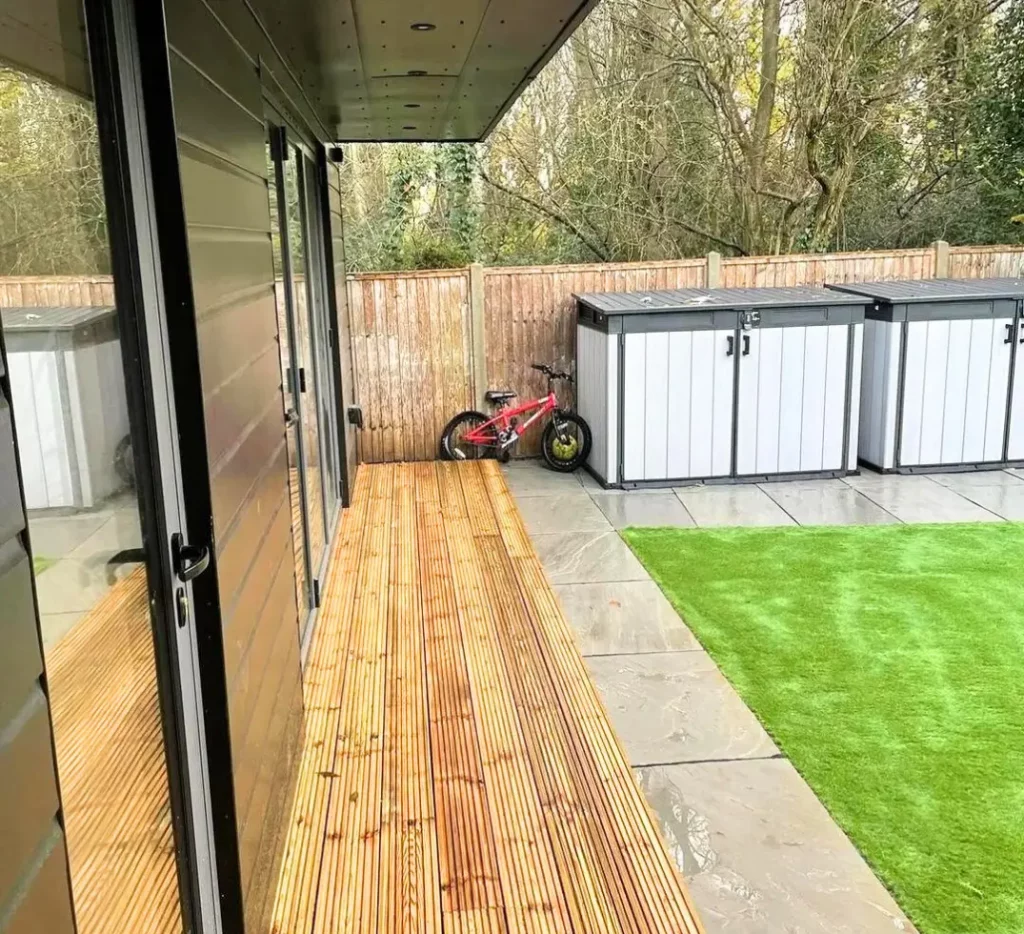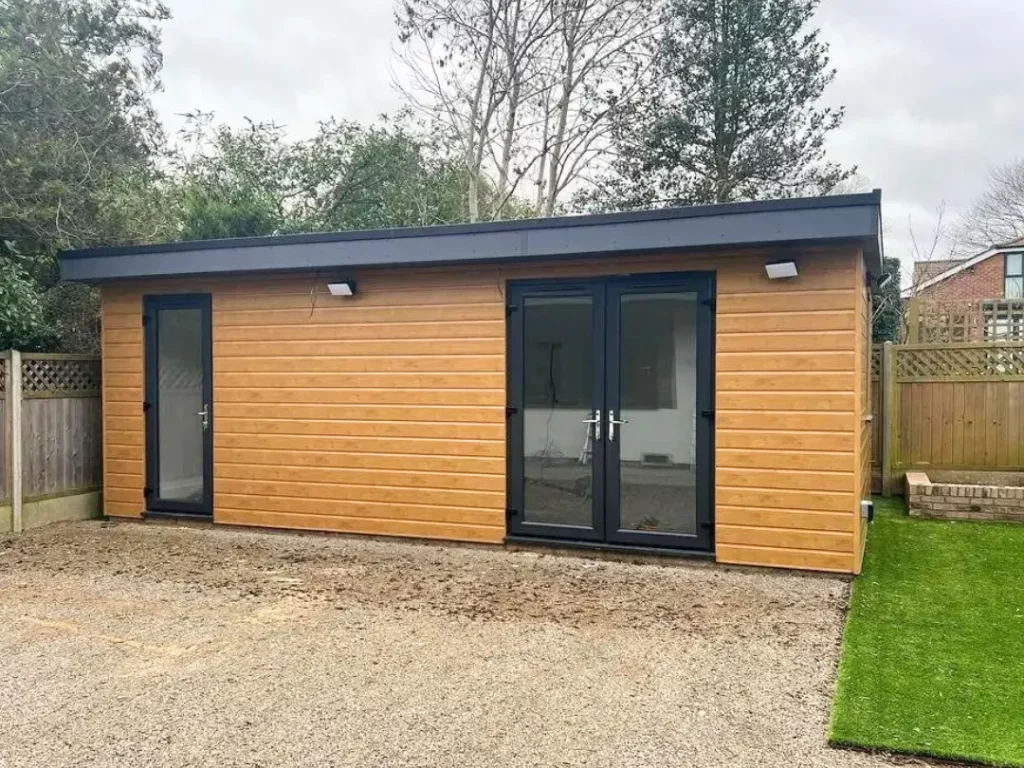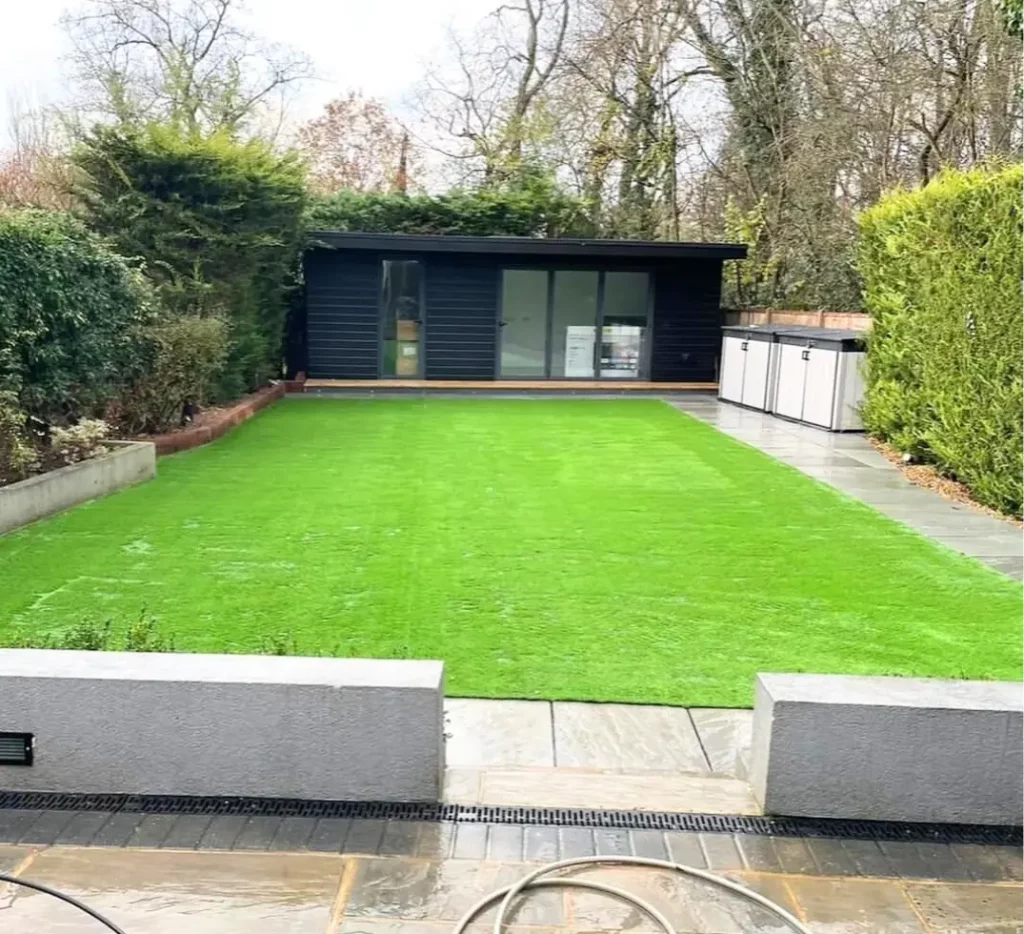how big can a garden room be without planning permission
Maximising Your Garden Room Size: Exploring the Planning Permission Threshold
Posted by Craig | Updated January, 2026 | 10 Min Read Time
At a glance
- The approximate size of a garden room without planning permission is 10m x 10m, providing they meet certain conditions.
In this article, you’ll find the following:
- Generally, you don’t need planning permission for a garden room if they meet size and height guidelines.
- Staying within the specified dimensions allows you to build a stylish and versatile garden room.
- Adhering to local council regulations ensures seamless integration with your outdoor space and preserves permitted development rights.
Garden rooms have become increasingly popular in recent years, offering a versatile and stylish addition to homes without major renovations. However, one of the critical considerations when planning how big you can build your garden room, is whether or not it can be built without requiring planning permission.
In general, garden rooms are classified as outbuildings and are allowed under permitted development rights as long as specific rules are followed.
To understand the size constraints for garden rooms, it’s important to know the dimensions and height parameters that govern what’s permissible. Under current regulations, garden rooms must be single-storey and maintain an eaves height no taller than 2.5 metres, with a maximum overall height dependent on the chosen roof design.
This ensures that the garden room does not infringe on the local council’s regulations while maximising the potential of your outdoor space.
Explained in more detail below…

You May Build Your Garden Room Approximately 10m x 10m In Size, But It Must Be Located At Least 20 Metres From Your Property
Needing a little extra space but dont want the stress of moving?
How Big Can A Garden Room Be Without Planning Permission?
The maximum size you can build a garden room without planning permission is approximately 10 metres x 10 metres, providing it is at least 20 metres for the main property. These restrictions are set in place by the local authorities and must be adhered to, otherwise there is a risk the garden room will be rebuilt or taken down to comply with regulations.
Building a Garden Room: Is Planning Permission Necessary?
How big can my garden room be?
In many cases, garden rooms can be built without the need for planning permission, as they often fall under permitted development rules. The permitted development regulations allowance can vary depending on factors such as location and the size of the project. If the garden room meets specific guidelines, it is generally considered permitted development and does not require planning permission.
However, there are certain circumstances where planning permission may be needed, such as if the garden room is being built within the grounds of a listed building, designated land, a conservation area, a national park, or a world heritage site.
Additionally, if the planned garden room will occupy more than 50% of the total area of land around the original house, planning permission is likely to be necessary. It is essential to check with your local authority to determine whether your project requires planning permission or not.
How tall can a garden room be without planning permission?
To build a garden room without the need for planning permission, the height limits are typically as follows: a single storey with an eaves height no taller than 2.5 metres, including a maximum roof height of 4 metres for a dual-pitched roof design or 3 metres for other roof types.
If the garden room lies within 2 metres of the property’s boundary, the structure’s total height should not exceed 2.5 metres. These limits are set to maintain compatibility with your new garden building and the surrounding area and reduce the likelihood of disputes with neighbours.
For specific height limits and other regulations in your area, it’s essential to consult with your local authority or review the planning application form and site location plan. They will provide you with the necessary information and guidelines to ensure your garden room project complies with local regulations and permitted development rights.
If you need assistance, be sure to contact us as we’d be happy to help out!
“Craig and his guys did some work in our garden for us and completely transformed it. We couldn’t be happier with the quality of work.”
Unlocking the Full Potential of Your Garden Room

Design and Dimensional Guidelines for Compliant Garden Rooms
When planning your garden room, it’s essential to consider the size and design to maximise functionality and aesthetics. Garden rooms can be versatile spaces for various activities, from a home garden office to a relaxation area. Whether your outdoor area is small or large, creativity can help you maximise space efficiently. It’s crucial to take into account the dimensions of your preferred furniture, equipment, and the room’s layout to ensure it meets your needs.
A Professionally Built Garden Room Could Increase Your Properties Value By Up To 5%
Adhering to Building Regulations for Your Garden Room
Garden rooms are generally considered permitted developments, which means planning permission is not required. However, to avoid issues with building regulations, some restrictions regarding size and positioning must be followed:
- The structure must be single-storey
- Maximum eaves height: 2.5 metres
- Maximum total height: 4 metres (dual-pitched roof); 3 metres (other roof types)
- No balcony, veranda, or raised platform
If the garden room falls within 2 metres of the property’s boundary, additional limitations apply. Remember always to check local council regulations, as designated areas or conservation zones may have different requirements.
Crucial Considerations for Optimising Garden Room Designs
- Area Utilisation: Ensure your garden room does not occupy more than 50% of the total area of land around the original house.
- Self-Contained Living: Garden rooms must not be used as permanent living accommodations with sleeping facilities.
- Utilities: When installing electrics, plumbing, or insulation, professionals should be employed to ensure compliance with building regulations.
- Structures: Garden sheds and summer houses are subject to the same rules as garden rooms.
By considering design details, relevant building regulations, and the permitted development allowances, you can create a functional and beautiful garden room that enhances your outdoor living space, all without requiring planning permission.
Summing Up: Key Takeaways on Garden Room Developments

In summary, garden rooms can often be built without planning permission as long as specific regulations are adhered to. The size of the garden room plays a significant role in determining if planning permission is necessary. For example, garden rooms must have an eaves height no taller than 2.5 metres and an overall height of 4 metres for a dual-pitched roof or 3 metres for other roof types.
To avoid planning permission requirements, it is crucial that the garden room is a single-storey structure and falls within permitted size regulations. Additionally, if the garden room is constructed within 2 metres of the property boundary, certain height limitations must be observed3. In special planning zones, size restrictions may also apply.
Taking time to properly assess your garden room’s size and location, while following the regulations, will make the process smoother and stress-free. It is always wise to consult professional guidance or local planning authorities to ensure your garden room complies with all necessary requirements.

Craig Smith
The founder of CJ Smiths Construction Company for over 14+ years and a proud citizen of St Albans City.
